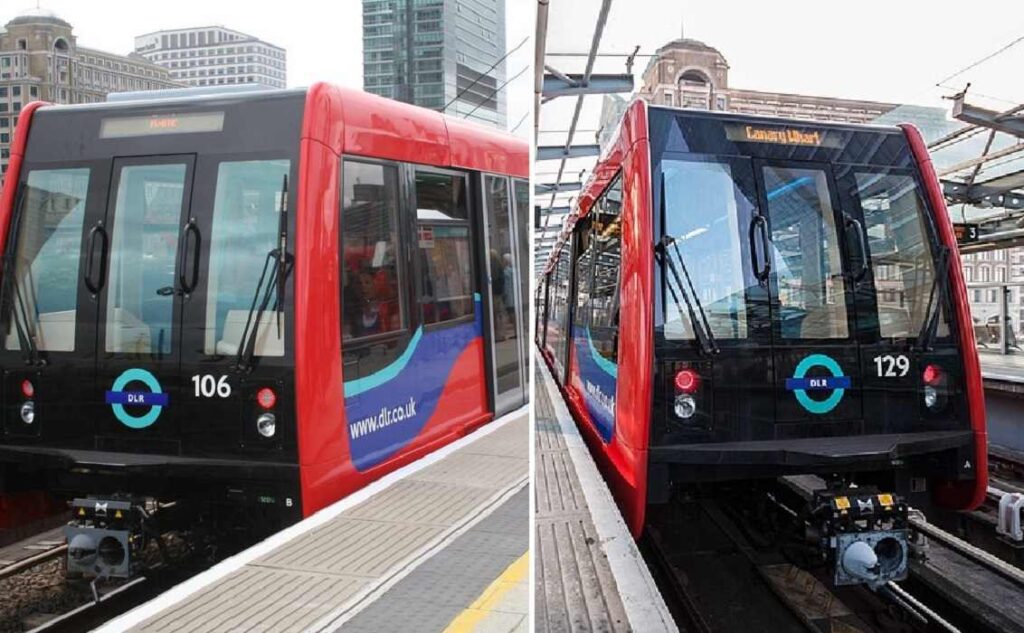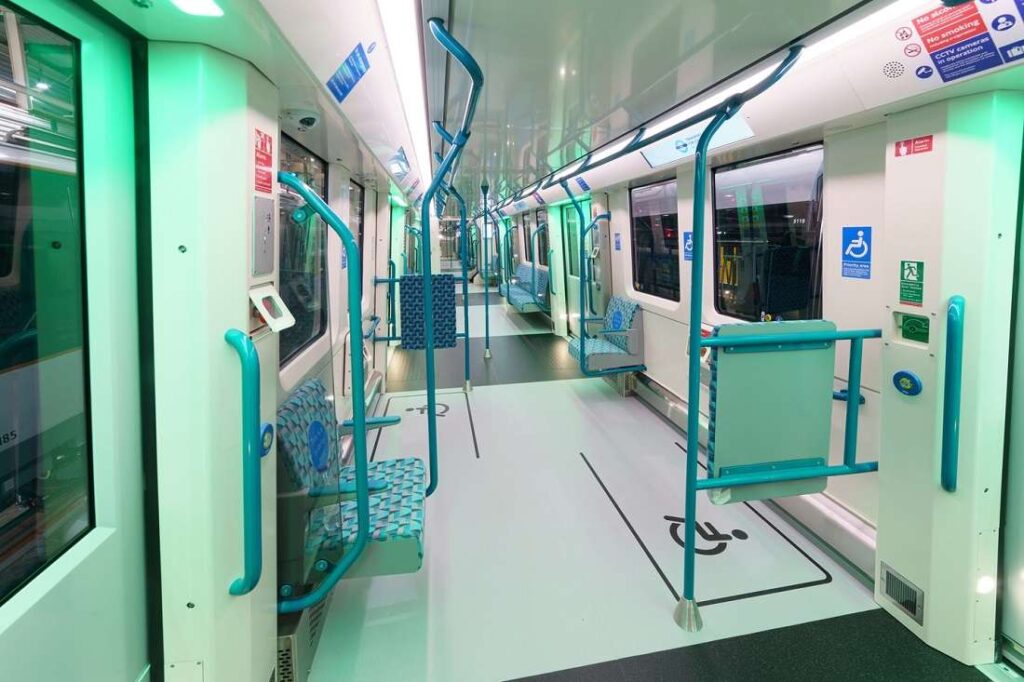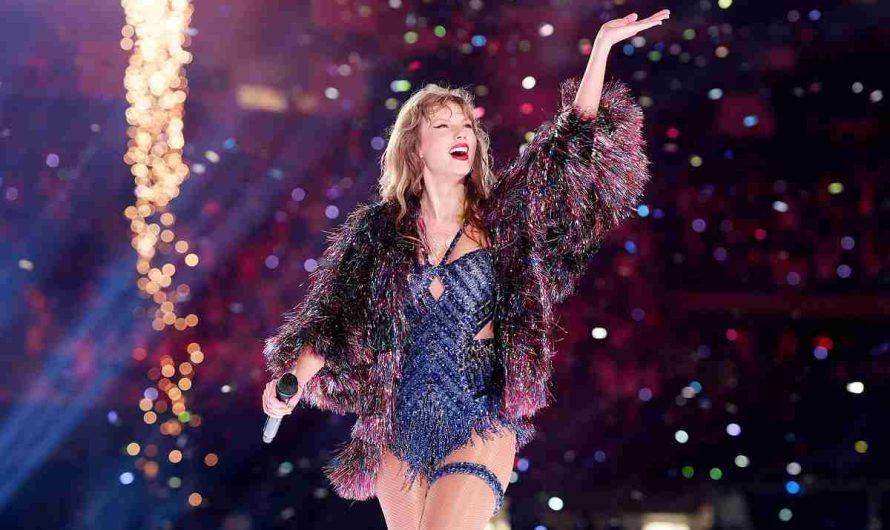
What is the full meaning of DLR?
DLR is short for the Docklands Light Railway. It is an automated light rail system in London that connects the city’s two main financial centres – Canary Wharf and the City of London.
Canary Wharf and the City of London constitute what is known as the primary central business district (CBD) of London. The two places are also credited as being part of what established London as one of the top financial centres of the world, just like New York, Singapore, etc.
What are some interesting facts about London’s DLR?
1. The DLR network is over 35 years old!
The DLR first opened in August 1987 with 11 single-car trains running through 15 stations. Today, the DLR has expanded to 45 stations and 149 vehicles, with most of the trains working in 3-car formation.
Four additional routes have been added to the DLR since its inception in 1987. The added routes are Beckton (added in 1994), Lewisham (1999), London City Airport (2005), Woolwich Arsenal (2009) and Stratford International (2011).
2. The DLR is the busiest light railway in the UK
The DLR is the busiest light railway in the UK, even busier than the Manchester Metrolink (despite the latter being UK’s most extensive light rail system with 99 stations!). The DLR also carries more passengers than any other light railway in the UK. The DLR recorded a whopping 119 million passenger journeys in the 2018/19 financial year alone!
3. The DLR was the star of the 2012 London Olympics
The DLR played a huge role during the 2012 London Olympic and Paralympic Games. The line got a massive upgrade before the Games once the transport department realized its importance. The DLR upgrade before the 2012 London Olympics included the Stratford International extension the year before (2011), the change to a 3-car train formation for most trains, and a new signalling and control system. Some of the key stations also got a “facelift”. The network recorded its first 100 million passenger journeys in the 2012/13 financial year.
4. The DLR operates in 45 train stations
The DLR operates in 45 stations in total, of which four of them are underground. The underground DLR stations are Woolwich Arsenal, Island Gardens, Bank and Cutty Sark (Maritime Greenwich).
5. Some DLR trains are really old but new trains are coming!
Some of the oldest trains in the DLR network are over 30 years old. The transport department already concluded plans to add 54 new and improved trains to the line, completely replacing the 33 oldest DLR trains. According to an update by TFL, some of the new DLR trains already arrived at Beckton depot since January 2023 where they are currently being tested for safety and performance before they are introduced into the network. The TFL says it will start introducing the new and improved DLR trains in 2024 and the whole new fleet of 54 trains would have been completely added by 2026.
And, the new DLR trains coming in 2024 will be 5-car units!


Is the DLR truly driverless?
DLR trains are fully automated meaning there is no need for drivers. In fact, none of the 149 DLR trains have a driving cab. While the trains do not have drivers, there is often the need for staff to be present on the train to enhance safety, especially at the underground stations.
Do you often use the DLR in London?
Tell us what you think of them in the comments below.


